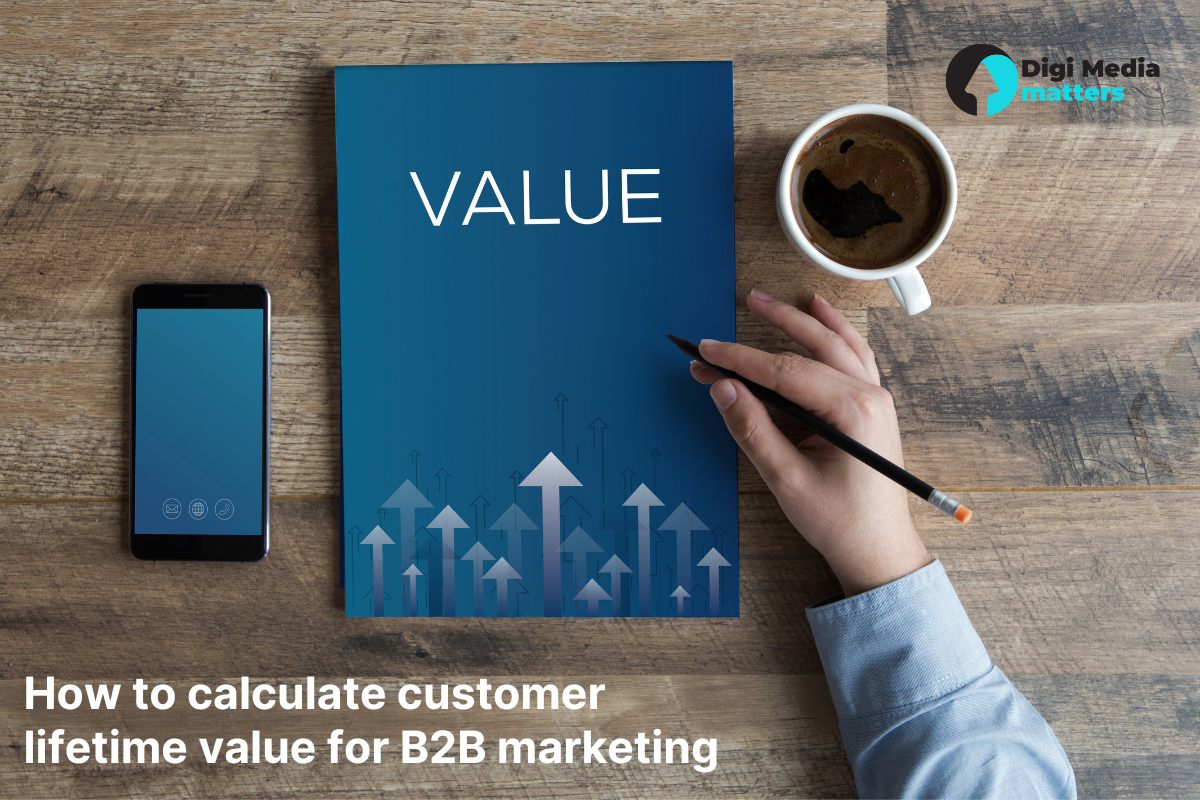
Imagine spending weeks and months nurturing a B2B lead, ending the sales cycle successfully, and all those efforts culminating in only smoke and nothingness. Well, that unquestionably sounds like a recipe for wasted prospects in the highly competitive landscape of this day and age. The true B2B treasure trove lies not just in the acquisition of a novel customer base, but in fostering long-term, steady relationships with customers and clients. This is where the Customer Lifetime Value (CLV) comes in.
What is CLV and Why Should B2B Businesses Care?
CLV goes beyond the initial sale. It is the aggregate income generated by a customer throughout their entire relationship with your company. Under the umbrella of aggregate income, come upsells, cross-sells, referrals, and future purchases. This system of measurement allows you to shift your emphasis from a short-term profit-motive to the establishment of enduring, lucrative partnerships with your customer community that prioritize sustainability.
According to a Harvard Business Review study, increasing customer retention by just 5% can boost profits by 25-95%. That is something which can prove to be extremely revolutionary for B2B businesses, where the acquisition of new customers can be significantly costlier as compared to B2C. As we are aware, customer retention does not burn as much of a hole in your wallet as customer acquisition.
B2B Customer Lifetime Value Calculations
Calculation of CLV does not merely involve plugging numbers into a formula. It encompasses truly understanding your customers’ value potential. So, where do you start?
Customer Value Analysis:
–Average Order Value (AOV): Calculate the average revenue generated per customer Order.
– Customer Acquisition Cost (CAC): Determine the cost of acquiring a new customer.
– Purchase Frequency: Analyse how often customers make repeat purchases.
– Customer Lifetime: Estimate the average duration of a customer’s relationship with your company.
Customer Lifetime Value Formula:
Different CLV formulas can be used by different organizations, but a quite common one is:
CLV = (AOV x Purchase Frequency) x Customer Lifetime – CAC
Go Beyond the Basics:
– Consider churn rate: Factor in the rate at which customers stop doing business with you.
– Segment your customers: Analyse CLV by customer segment for targeted marketing strategies.
– Account for future value: Consider potential future purchases using discounting techniques.
The Future of B2B Customer Lifetime Value: Taking Notes for Advancement
The B2B landscape is dynamic and keeps evolving. Newly emerged and evolved insights are transforming how we calculate and leverage CLV. Let us talk about what lies on the horizon!
- AI-Driven Customer Segmentation: With the help of AI (Artificial Intelligence), customers can be segmented separately into distinct groups according to their predicted CLV. Those groups can be served with specialized and personalized marketing campaigns that exactly meet their specific requirements.
- Real-time CLV analysis: Seamless analytics platforms facilitate the monitoring of customer behavior and CLV dynamics which function in a real-time fashion, helping to undertake the prevention measures against the churn risk and to point for the cheap upselling/cross-selling opportunities.
Pro Tips for Maximizing B2B Customer Lifetime Value
For a change, let us focus on the true stars of B2B marketing- keeping and retaining your current customers. Of course, brand-new opportunities are vital but cultivating lasting relationships with those with whom you have shared experiences regarding business might carry the day. Based on a thorough analysis of the depths of B2B trenches, here are some tips that can help you maximize your CLV:
Utilize the full potential of personalized genuine interactions:
Bring into play loyalty plans, exclusive offers and services which are above the norm, that will make customers feel valued and important. Regardless, happy buyers contribute to your business’s future success, repeatedly coming back for more.
Revamp every interaction to be joyful:
From the first encounter to ongoing support, focus on providing customers with positive experiences that make them content with the decision to do business with you fruitfully.
Learn more about what they desire:
Choose data that can be as customized and personalized as possible for customers so that it highlights the benefits that coincide with their unique needs and preferences. This incites a positive response, and they end up experiencing genuine links with you.
Take after the first sale’s footsteps:
Integrate account-based marketing (ABM) efforts to serve those clients who you treat as highly relevant ones for a longer period. Consider it as a strategy that can be leveraged to nurture high value accounts to target.
Conclusively, B2B enterprises can use CLV as a gateway to a vast market if they accept the challenge of directing customers and focusing on developing long-term customer relationships. Notes are that after your efforts, your top customers are already yours. It is now time to consider how you can keep them and share the positive corporate message with others who may be interested in knowing your brand better.
Want to know more? Subscribe to our routine newsletter and decode the tricks and insights of the professionals on increasing business-to-customer lifetime value!
